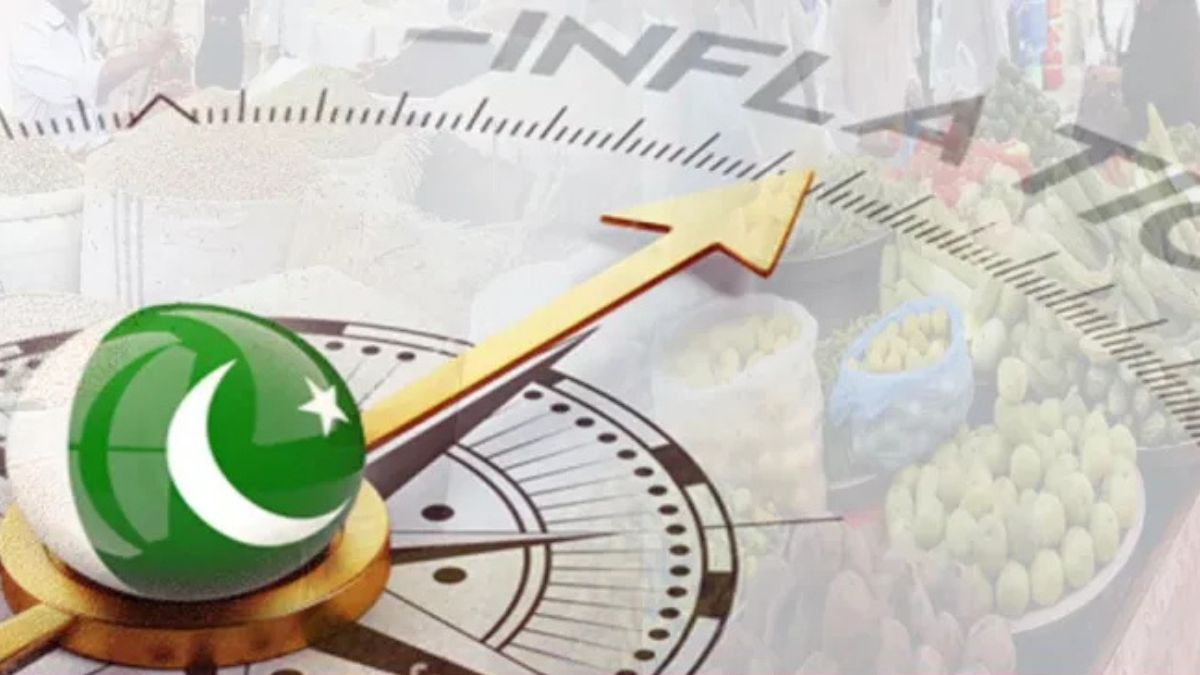Inflation in Pakistan remains a significant economic challenge, affecting the cost of living, business operations, and overall economic stability. Although inflation dropped to a historic low of 0.30% in April 2025, understanding the root causes of inflation in Pakistan is crucial for sustainable economic planning and growth.
What Causes Inflation in Pakistan?
1. Excess Money Supply
One of the main drivers of inflation is an increase in the money supply without a matching rise in goods and services. When more money circulates in the economy but production remains stagnant, demand outpaces supply, pushing prices higher.
Read More: Punjab Finance Dept recommends Development Budget of Rs 1,100-1,200 Billion
2. Demand-Pull Inflation
Demand-pull inflation occurs when consumer demand exceeds the available supply of goods and services. Factors such as population growth, urbanization, and increased incomes have fueled demand, resulting in rising prices.
3. Cost-Push Inflation
Rising production costs, including increases in fuel prices, electricity tariffs, wages, and raw materials, contribute to higher prices for goods and services. This form of inflation is particularly driven by increases in imported fuel and energy costs in Pakistan.
4. Currency Depreciation
A weaker Pakistani rupee raises the cost of imports, including essential goods like fuel, food, and machinery. The increased cost of imported goods filters through the economy, contributing to overall inflation.
5. Supply Chain Disruptions
Supply disruptions caused by natural disasters, political instability, or global events such as pandemics reduce the availability of goods, leading to shortages and higher prices.
Economic Impact of Inflation in Pakistan
Lower Purchasing Power
As inflation rises, the real value of money declines, reducing consumers’ ability to purchase essential goods and services. This disproportionately affects low- and middle-income households.
Read More: LESCO Tightens Grip on Defaulters, Recovers Billions
Higher Cost of Living
Inflation leads to increased prices for food, fuel, healthcare, and housing. Many families struggle to meet basic needs, which impacts overall quality of life.
Reduced Investment Confidence
Unpredictable inflation creates uncertainty, discouraging businesses from investing or expanding, which slows economic growth.
Interest Rate Increases
To control inflation, the State Bank of Pakistan may raise interest rates. While this can help curb inflation, it also makes borrowing more expensive, potentially slowing down economic activity.
Recent Trends and Outlook
According to the Pakistan Bureau of Statistics, Pakistan’s inflation rate declined from 0.70% in March 2025 to 0.30% in April 2025. This significant reduction is attributed to stable fuel prices, improved crop supplies, and tighter monetary policies. Maintaining this trend will require continued focus on controlling inflation drivers.
Conclusion
Understanding the root causes of inflation in Pakistan is essential for designing effective policies that promote economic stability. Although recent data shows promising signs, sustained efforts to control money supply, stabilize the currency, and improve domestic production are key to managing inflation in the long term. Stay tuned with Bloom Pakistan
Read More: FBR to Seize Pakistan’s Tallest Tower Amid Rs. 26 Billion Tax Scandal









